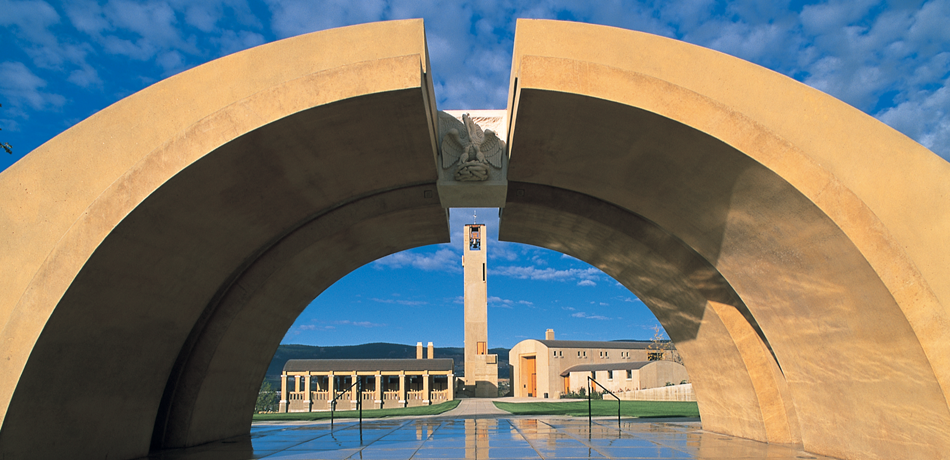In the spirit of Canada Day, here is a wine-soaked toast to our “Native Land.”
O is for Okanagan Valley, B.C.’s largest wine region and Canada’s second largest. From Lake Country north of Kelowna south to Osoyoos there are 133 wineries.
H is for Hainle in Peachland, a pioneer in icewine and organic farming. They are now concentrating on Pinot Noir.
C is for Calona. The Okanagan’s first commercial winery, they began in the depression making apple wine. Now they are well known for inexpensive but good wines.
A is for André’s (now called Peller Estate). They had a runaway success in the 1960’s with a bubbly called Crackling Rosé. Neil Diamond saluted that wine with his big hit, Crackling Rosie.
N is for Nk’mip Cellars, the first Aboriginal-owned and-operated winery in North America. Situated on the east Osoyoos Bench, they have a restaurant overlooking the vineyard and Osoyoos Lake.
A is for Arrowleaf Cellars, located in gorgeous Lake Country, just north of Kelowna. Their Pinot Noir and Pinot Gris offer great value.
D is for Domaine de Chaberton (Chaberton Estate Winery), the first grape winery in the Fraser Valley established by a French winemaker 25 years ago. It is now the largest winery in the Valley, located in Langley. Be sure to enjoy lunch or dinner in their Bacchus Bistro.
A is for Acid, the life force in a wine. If wines are too acidic, they are sour; if they don’t have enough acid, they are lifeless. White wines have more acid than reds.
O is for Ontario, Canada’s largest wine region. The Niagara Region is the largest and is renowned for their icewine and for their Rieslings.
U is for Umami, the savoury flavour in reds. Soya sauce, tomato sauce, stews, mushrooms and roasted meats are rich in umami and that’s why they go well with red wines.
R is for Riesling, perhaps the greatest white wine in the world, yet people erroneously think it is just a mediocre, sweet wine. Both Ontario and the Okanagan make excellent Rieslings.
H is for Hester Creek, situated along the Golden Mile in Oliver. They produce the only Trebbiano, an Italian variety, in Canada.
O is for Orofino, a wonderful boutique winery in the Similakemeen Valley, which is minutes away from the Okanagan. Surprisingly, few tourists venture there.
M is for Mission Hill in West Kelowna, B.C.’s most opulent winery, a tribute to Robert Mondavi in Napa, and built on the success of Mike’s Hard Lemonade. Enjoy the spectacular setting and a gourmet outdoor restaurant.
E is for Ehrenfelser, a grape developed in Germany and now produced in B.C. This is the quintessential summer wine, full of bright fruit such as apricots and peaches!
A is for Alsace, the region of France where they make German wines in a French style. Because the Okanagan is the same latitude as Alsace, many successful Alsatian grapes such as Riesling and Pinot Gris make delicious wines in B.C, too.
N is for nose; the smell of a wine. The nose of a young wine is often simple and is called the aroma. The nose of an aged wine, usually a red, is more complex and is known as the bouquet.
D is for decanter, a glass vessel used to aerate the wine and to let it breath and release the wine’s noble character.
Eric Hanson is retired Richmond teacher and wine educator



